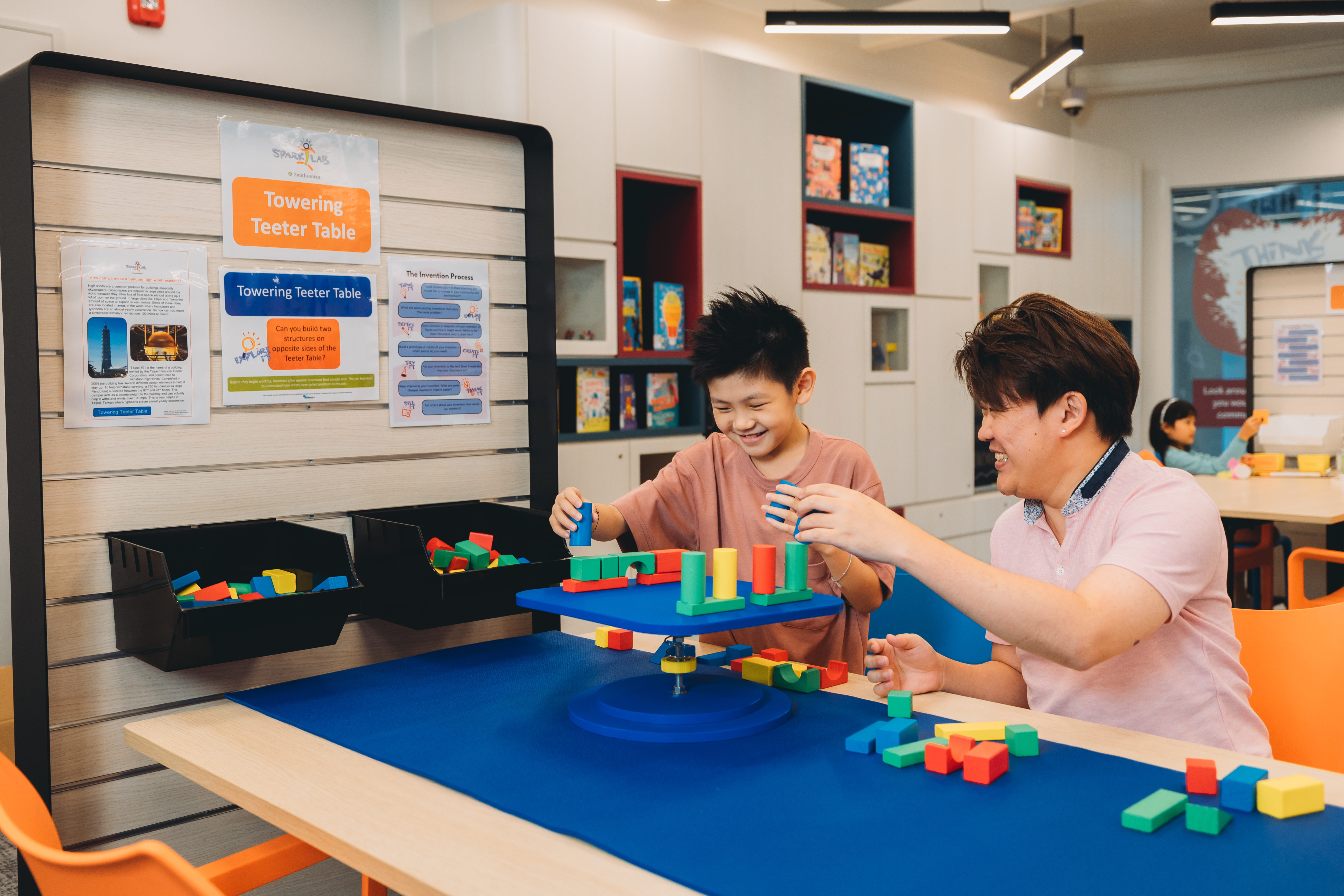A Guide to Writing Your Own Journal (for children)
Have you ever wanted to start writing your own journal? Or maybe you already have one? Regardless, this post will give you some tips on how to start (or continue) your very own journal. But first, why should you write a journal?
Why Write a Journal?
Writing journals can be very useful! Regardless of the topic, journal writing helps with writing and communication skills. Looking back on your journal entries after a while is one way you can see how you have progressed (Hipple, 1985). In fact, journal writing could be more effective in helping you learn a language than lessons where your teacher is leading you (Haley-James, 1982).
Furthermore, journal writing can allow you to process and understand your emotions (Hipple, 1985). By writing about what makes you happy, sad, angry, or scared, your journal becomes a safe space for you to let out your emotions, learn more about yourself and how to deal with these big feelings (Figure 1).

Figure 1. Learning about emotions for kids (Splash Learn, 2023)
When you dedicate a fixed time to write in your journal, it becomes a fun activity you can look forward to (Hipple, 1985). It is your time and place to be creative and free. Over time, journaling can help you become a more confident person (Jones & East, 2010)!
How to Write a Journal
- Make journaling fun for yourself. Sit in your favourite chair, get a notebook that you like, use your favourite colour pencil, and paste fun stickers in your journal to make journaling a fun experience!
- The most important thing to remember when you start your journal is that nothing will be marked as correct or wrong. It is your space to create anything you like. (Yes, this means you can invent your own grammar and spelling rules if you like!) This is because the purpose of your journal is to express your ideas and feelings, so the focus should be on expressing yourself rather than how neatly you write or how structured your sentences are.
- Follow your own style. Your journal entries do not have to follow any fixed template or instructions if you do not want to. You can write in any style you like, whether it be drawings, writing in sentences, writing a poem, or even a combination (Figure 2).
- If you find it difficult to start, follow a template. For example, you can begin by deciding on what topic you wish to write about, such as a family member or friend, or about what happened today at home or in school. If you still feel stuck, you could find a notebook with a template, such as one of these:

Figure 2. Example of Journal Writing. (Taylor, 2023)

Figure 3. Example of a writing template. (Sunny Day Family, 2020)

Figure 4. Example of a writing template. (Evans, n.d.)
Conclusion
I hope you are excited to start writing your very own journal! Get a notebook and a pencil (or pen, colour pencil, or marker), and start writing today. Remember, everything you want to write is valuable, and there is no right or wrong for writing in your journal. Have fun!
References
Evans, S. (n.d.). February writing journal prompts for kids. Fantastic fun and learning. https://www.fantasticfunandlearning.com/february-writing-journal-prompts-kids.html
Haley-James, S. M. (1982). When are children ready to write? Language Arts, 59(5), 312-319. https://www.jstor.org/stable/41404044
Hipple, M. L. (1985). Journal writing in kindergarten. Language Arts, 62(3), 255-261. https://www.jstor.org/stable/41405609
Jones, J., & East, J. (2010). Empowering primary writers through daily journal writing. Journal of Research in Childhood Education, 24(2), 112-122. https://doi.org/10.1080/02568541003635151
Splash Learn. (2023, November 15). 10 best emotional regulation activities for kids. https://www.splashlearn.com/blog/emotional-regulation-activities-for-kids/
Sunny Day Family. (2020, March 24). Free printable daily writing journal for kids. https://www.sunnydayfamily.com/2020/03/daily-writing-journal-for-kids.html
Taylor, M. (2023, February 16). Encourage kids to write a journal (+ideas to get started). Imagination soup. https://imaginationsoup.net/encourage-kids-start-writing-journal-how-start/
Written by: Claire
Edited by: Serena and Michelle
















